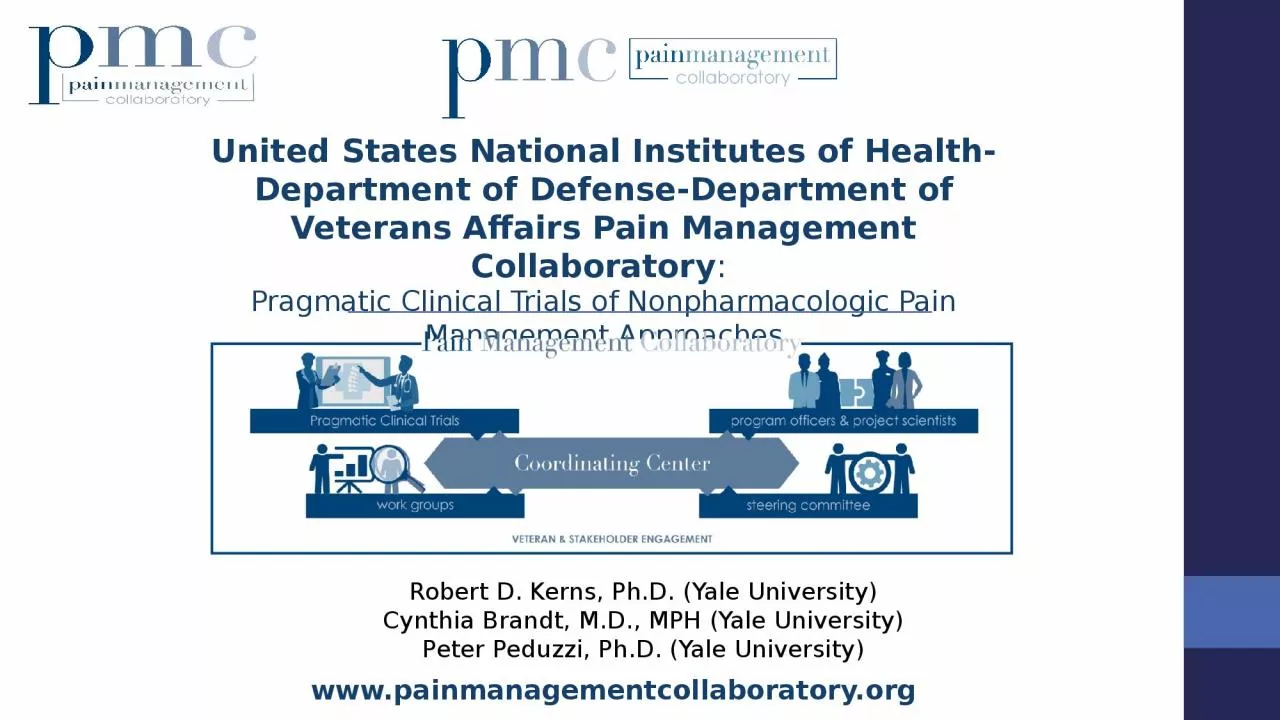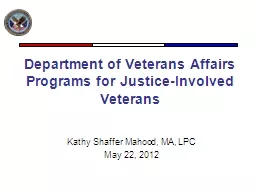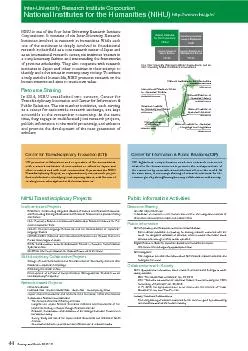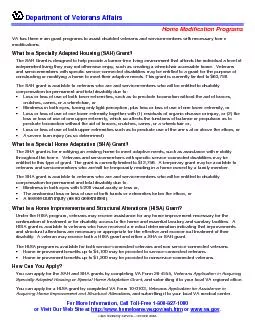PPT-United States National Institutes of Health-Department of Defense-Department of Veterans
Author : oneill | Published Date : 2024-01-29
Pragmatic Clinical Trials of Nonpharmacologic Pain Management Approaches Robert D Kerns PhD Yale University Cynthia Brandt MD MPH Yale University Peter Peduzzi
Presentation Embed Code
Download Presentation
Download Presentation The PPT/PDF document "United States National Institutes of Hea..." is the property of its rightful owner. Permission is granted to download and print the materials on this website for personal, non-commercial use only, and to display it on your personal computer provided you do not modify the materials and that you retain all copyright notices contained in the materials. By downloading content from our website, you accept the terms of this agreement.
United States National Institutes of Health-Department of Defense-Department of Veterans: Transcript
Download Rules Of Document
"United States National Institutes of Health-Department of Defense-Department of Veterans"The content belongs to its owner. You may download and print it for personal use, without modification, and keep all copyright notices. By downloading, you agree to these terms.
Related Documents














